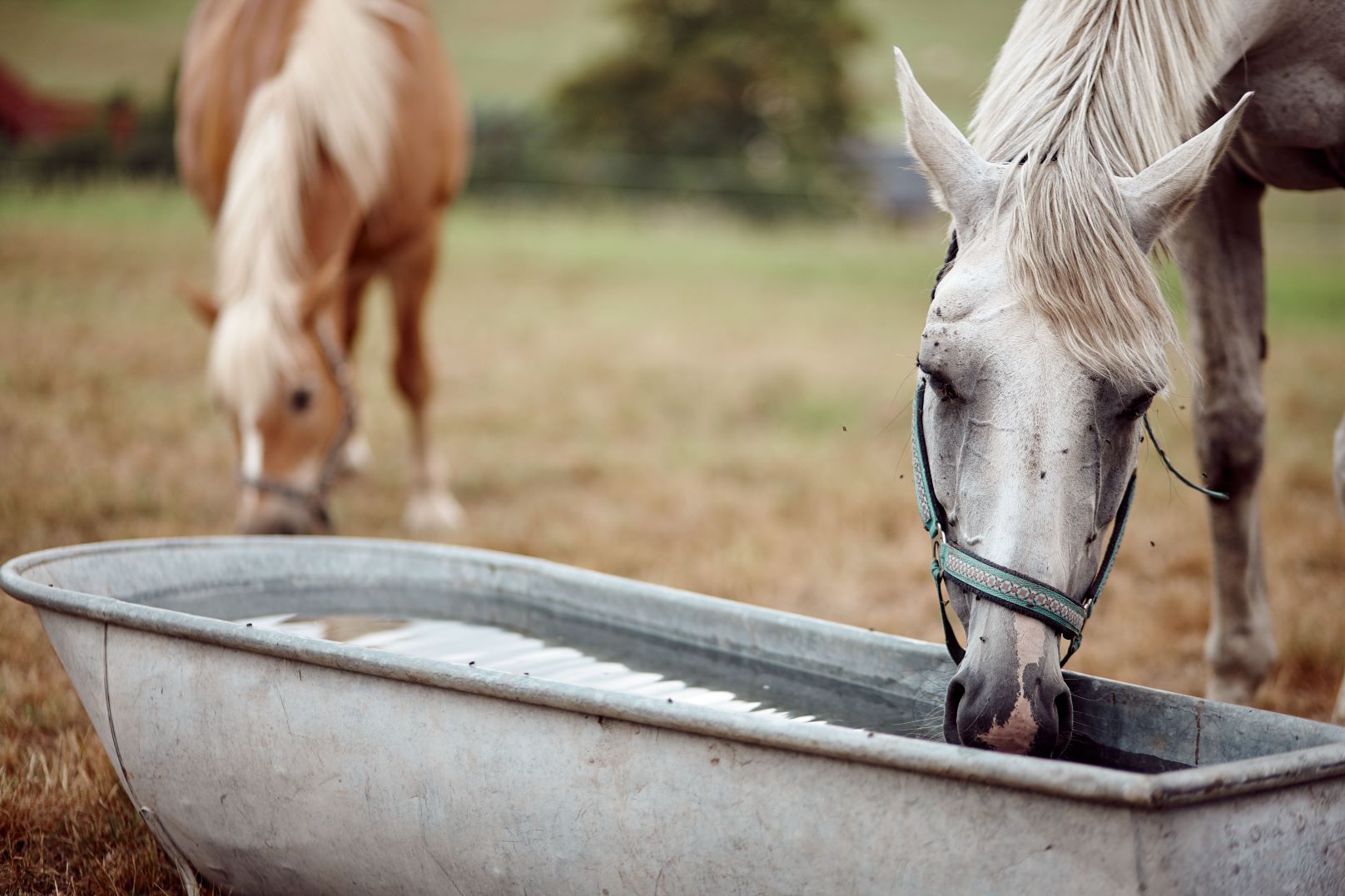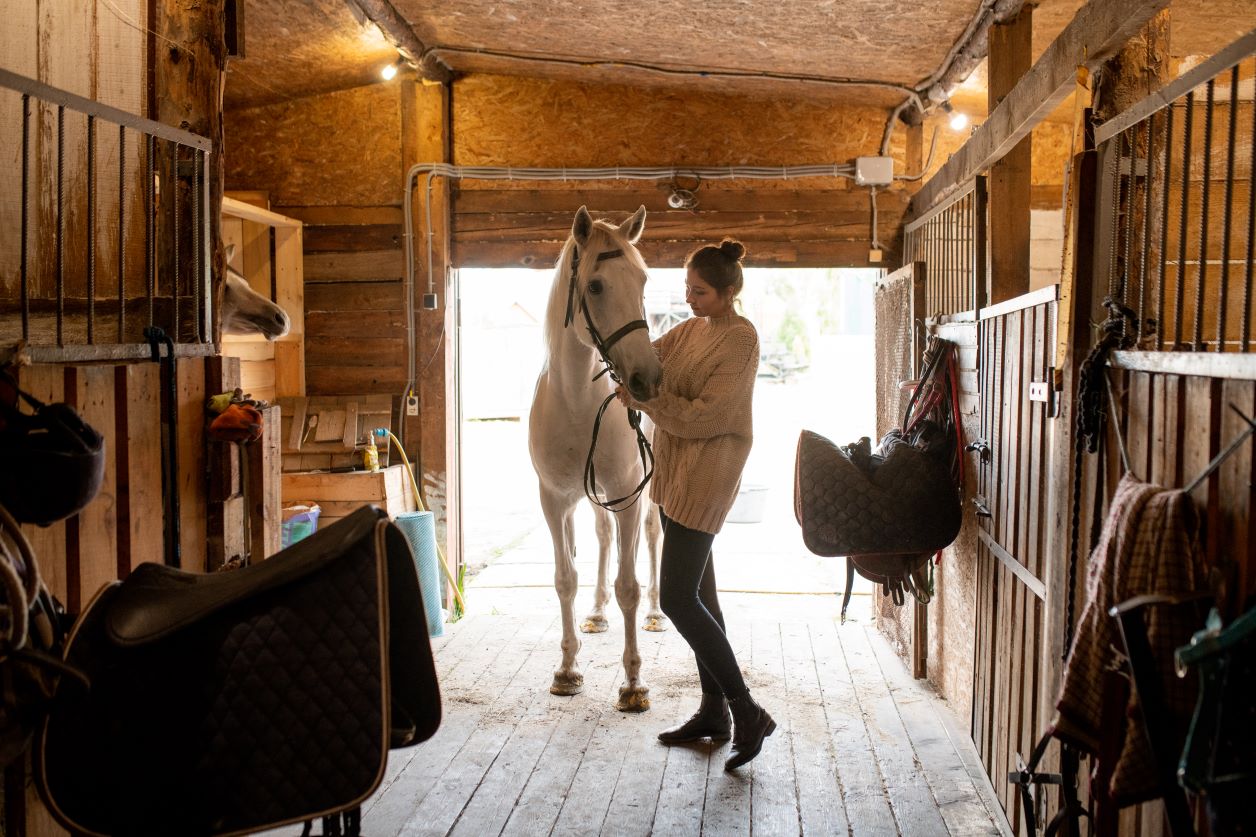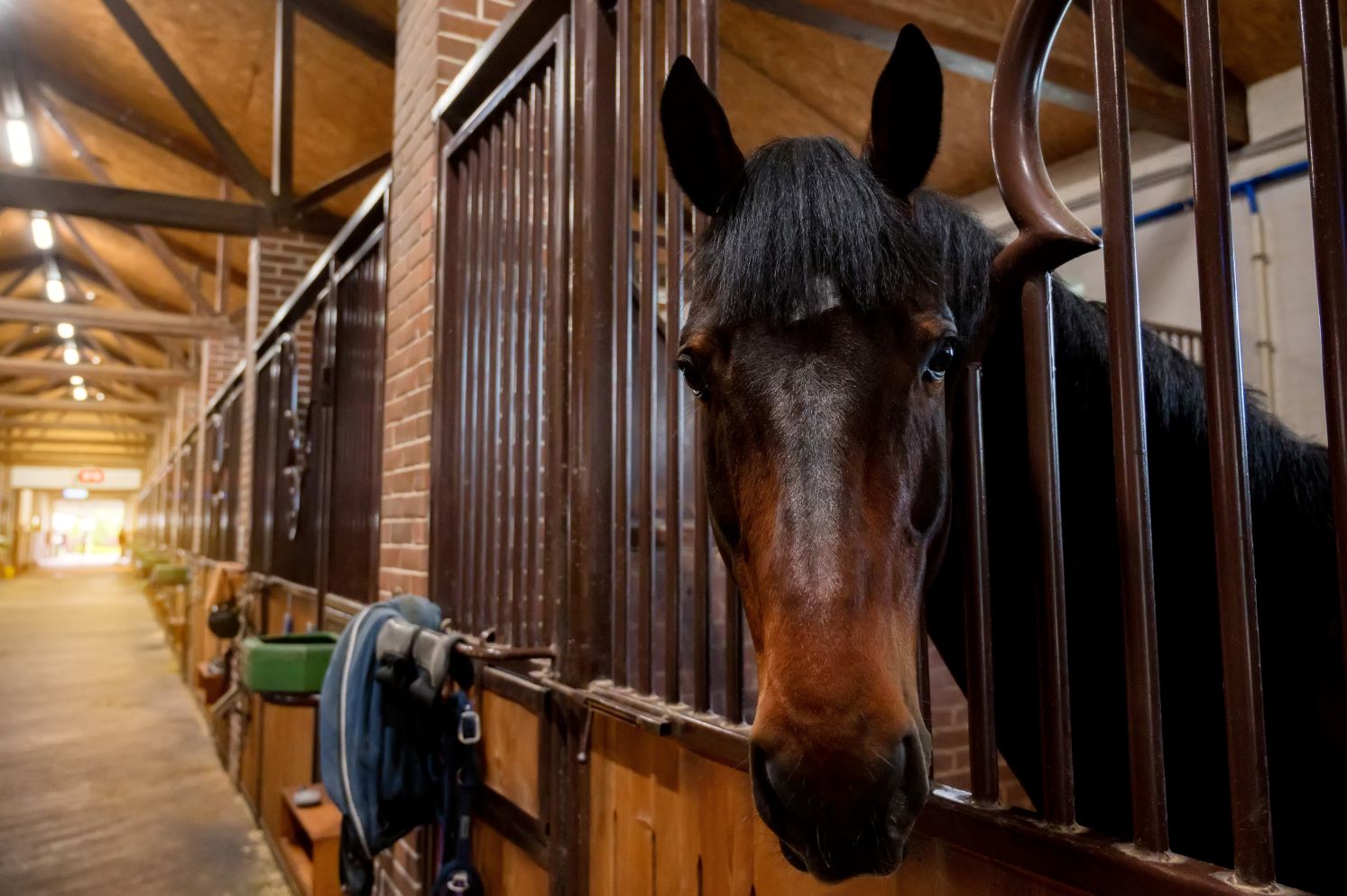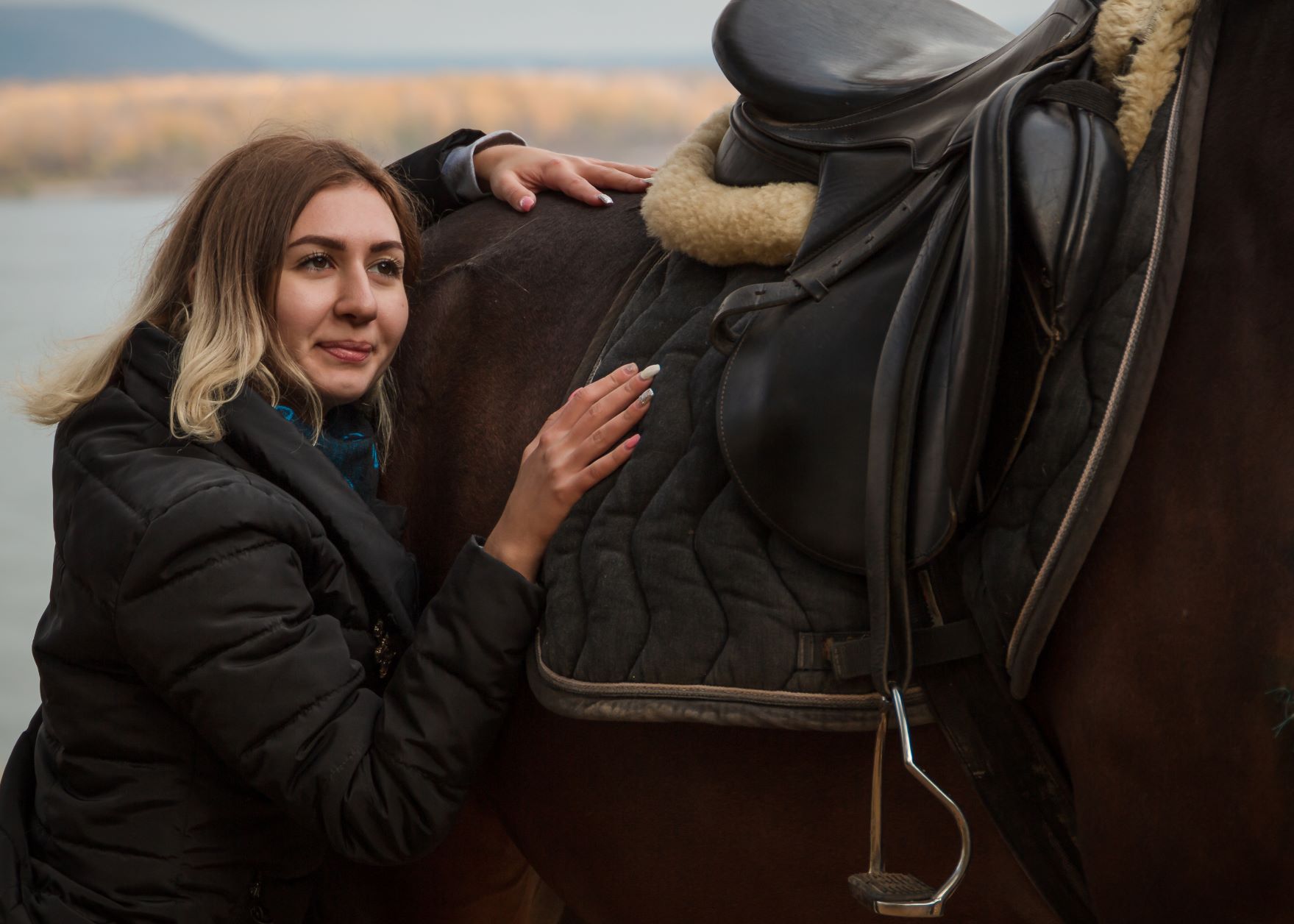Articles

Keeping Your Horse Hydrated in the Heat
There are six essential nutrients in a horse’s diet: carbohydrates, protein, fat, vitamins, minerals, and water. Among these, water is paramount. It plays a critical role in a horse's digestive health and overall ability. A high-fiber diet, rich in hay, grains, and grass, requires ample water to help the fiber move through the digestive tract. While a horse can survive nearly a month without food, it can begin to show signs of colic and other serious health issues within just 48 hours without water. In fact, a horse can only survive about five days without hydration. Dehydration is a significant concern, especially if a horse is left unattended for even a day. During hot summer months, horses are particularly susceptible

Horse Barn Safety Tips
Regardless of the size of your facility or how many horses you have, running a barn is a task of great responsibility. When it comes to riding and keeping horses, accidents and injuries are not uncommon, and tragedy can sometimes strike. One of your top priorities should be to keep everyone safe. Establishing barn rules will help to ensure the safety of riders, horses and boarders. Horses should be respected for the big animals they are. Everyone should be taught to be sure that the horse has time to adjust to new people coming into the barn or stable area. Barn rules can include behavior you expect from people (e.g., to wear a helmet) or state which behaviors are prohibited

Keeping Your Horse Sane and Entertained While On Stall Rest
The dreaded words many horse owners hate to hear – stall rest. If you have been riding long enough, sooner or later you will have to deal with a horse that is on stall rest. Whether the vet prescribed a week, a month, or several months, stall rest can be stressful and frustrating for horses and owners alike. Although it is needed from time to time, stall rest can feel like horsey jail to all involved and is not something equestrians ever want for their horses. Every horse owner can only envision the worst: a restless unhappy horse, a destroyed stall, dangerous hand walking and lost sleep. Horses do best, physically and emotionally, when constantly moving. So the prospect of

Basic Equipment You Need for Your First Horse
Once you have done your research and made the decision to own a horse for the first time, you will have to stock up on some horse riding and horse care essentials! While owning a horse is exciting, it can also be expensive and a bit overwhelming at times. Although horses have a reputation for being difficult, high-maintenance animals to care for, you can make it as complicated or as simple as you’d like. As long as your horse has clean, adequate shelter for warmth and protection from the elements, access to basic hoof care, as well as daily food, water, and hay, he or she will likely thrive and live a happy, healthy life. Once you get your first

Lighting Your Horse Barn
A horse barn is a home for your horses. Just like humans want well-lit houses, so do these majestic animals. For those who know what it means to have a horse barn, they know how important it is to keep their barn well-lit and comfortable for their horses. Lighting is paramount for horses to live in their barn comfortably and for humans to work in and around the barn. It is essential to keep all the stalls, the aisles, walkways and storage well-lit in your horse barn. Also, the place where the hay is kept should be adequately illuminated to avoid rodents or bugs and for safety purposes When it comes to your horse barn interior, proper lighting is key.

How to Read Your Horse’s Body Language
Horses do have a voice, but don’t speak human language! Horses are constantly ‘talking’ to you and everyone around them, both people and other horses. Horses are highly social animals, and they are used to living together in herds; therefore, it is important to them to be able to communicate with others in their family. For horses in the wild, their ability to survive depends on this communication, from gaining the protection of the herd to finding food and shelter. A horse will use their “voice” when they neigh, whinny, nicker, snort, blow and squeal, but the majority of their communication is far more orientated towards their behavior and body language which provides a subtle and sophisticated system of engagement. Horses use

Feed Room Storage and Organization
Feed for your horses needs to be efficient, well organized and easily accessible in order to make feeding time quick and easy. Whether you have 2 horses or 200, the ultimate goal is the same: ease of use, maintaining feed quality, accuracy of feeding and minimizing unnecessary footsteps. If you have a large barn and a lot of horses with different dietary requirements, it is especially important to prevent any mix-ups and keep everyone who has a hand in the feeding process on the same page. Keeping a tidy and organized feed room is one step towards ensuring happy and healthy horses. If your barn does not have a separate stall or room that can be secured from the threat

Designing a Functional Horse Wash Stall
Any horse owner knows that horses are not the cleanest animals. They sweat and get muddy, which leads to them needing a bath. There is no better way to wash your horse and keep them clean, than with a functional wash stall. A well-designed area for bathing horses and treating injuries can do wonders for a busy farm’s work flow. Your horse-washing area sees lots of use year-round. It is best to decide if you want something as simple as a bucket, sponge and tree to tie the horse to, or if you have the money and space to design a fully enclosed wash stall with a boom arm hose with warm water and heaters. Take the time to design

Designing and Planning Your Horse Barn
The comfort and safety of your horses must be your foremost concern when designing a new barn. If a horse barn is designed and built properly, it should be a light, airy, easy to clean and a pleasant home for your animals, along with being a place you will enjoy visiting and working. The barn design process begins by determining the right size stalls to meet your needs and the proper width of the aisleway. The balance of the barn features can be accommodated around these basic parameters. A well-designed barn can save you both time and money; so always begin by considering all your present as well as potential future needs. Careful planning will pay off in the long
